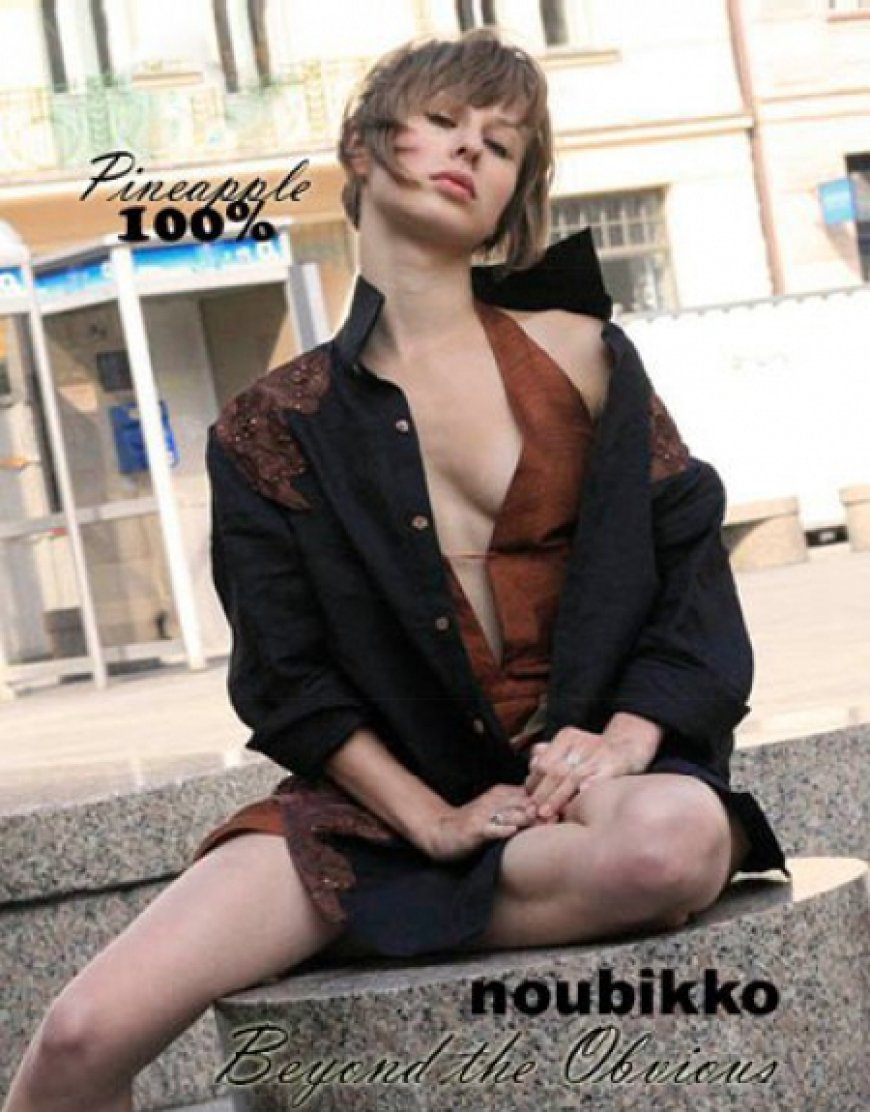Bringing the barong into the 21st century
IN 2020, Kelvin Morales came out with a collection of cloth masks (one of our weapons against the COVID-10 global pandemic) embroidered with the death’s-head hawkmoth (Acherontia atropos) — an insect cemented in pop culture thanks to the film The Silence of the Lambs. The masks were eerie; a beautiful memento mori, in that time of death and despair.

Kelvin Morales gives the traditional shirt an edge
IN 2020, Kelvin Morales came out with a collection of cloth masks (one of our weapons against the COVID-10 global pandemic) embroidered with the death’s-head hawkmoth (Acherontia atropos) — an insect cemented in pop culture thanks to the film The Silence of the Lambs. The masks were eerie; a beautiful memento mori, in that time of death and despair.
In 2024, Mr. Morales has moved on to relatively lighter fare.
The young designer graduated from the De La Salle-College of St. Benilde in 2018, and his graduation collection was featured in several magazines, putting him on the radar of some of the city’s fashionistas. We caught up with Mr. Morales at a menswear event at Rustan’s on June 27, where his edgy collections were recently onboarded at the department store which is otherwise the epitomé of Establishment.
“We weren’t super-prepared,” he said about his collections getting picked up by Rustan’s. “Now, we’re still establishing our internal(s): our business plans and ganiyan (such).
“Pero (but) we’re so happy with Rustan’s; the response of the new market.”
Mr. Morales has been known to dress indie celebrities like singers KZ Tandingan and Unique Salonga, as well as mainstream actresses with artistic bents like Nadine Lustre. “They’re more experimental in embracing artistry,” he said about these celebrities, and his own clientele.
At Rustan’s what are stocked are some of his tamer collections of modern barongs, made of silk cocoon and embroidered with more avant-garde patterns, like fish, riots of flowers, or entire blackwork cities (unlike the more traditional barong with dainty embroidered flowers).
“Next collection, we will introduce the new calado technique,” he told BusinessWorld, referring to the open threadwork technique traditionally used in barongs.
Mr. Morales’ work shares a similar thread with a few young designers, showing traditional clothes with bolder, more modern strokes: it’s not to pit them against each other, but one wonders why modern Filipino menswear is moving in that direction. He said that there was a gap in more contemporary barong in ready-to-wear collections.
“Usually, iyong nakikita ko (what I see), more intentional,” he said, meaning these bolder barongs are usually custom-made.
At the same time, he compares the slow movement and evolution of the barong, to its female counterpart in Filipiniana dress, the terno. He observes that while still keeping its traditional shape, the terno can be played with, with different materials, or techniques. “Now, iyong market, it’s trickling down, like people really appreciate the contemporary and modern barong. Kaya naman palang maging (Turns out it can be) wearable, anytime.”
A way to preserve is to adapt: perhaps the intricacies of the barong are making it difficult to wear today, thus delegating them to special-occasion wear. In adapting the barong to contemporary settings, Mr. Morales might be helping in preserving them.
“Iyong goal ko with my barong, ayoko lang siyang maging (my goal with my barong is for it not to be for) one-time use. Kaya ko siya ginawang (that’s why I made it) more easy to wear, and style. I’m so happy na nakikita ko iyong mga people wearing barong in a random event. You can wear it in a techno party, or the beach.” — Joseph L. Garcia



















